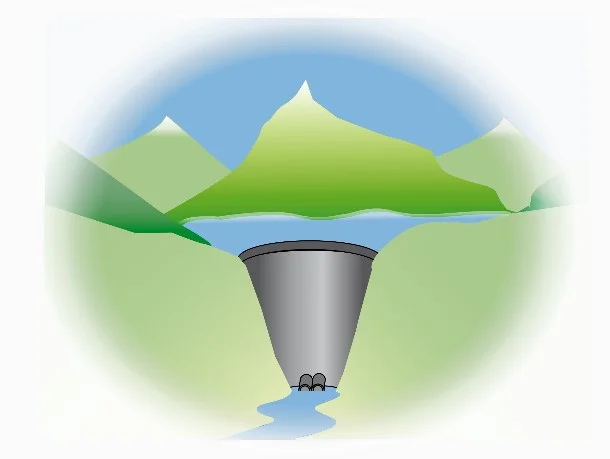Hydropower/Hydroactivity: Is it Bad or Good?
“Our land is more valuable than your money. It will last forever. It will not even perish by the flames of fire. As long as the sun shines and the waters flow, this land will be here to give life to men and animals.” - Chief Crowfoot, Siksika (1825-1890)
This lesson will focus on the effects hydropower/hydro activity has on Indigenous communities across Canada.
Lesson 3: The Effects that Hydropower/Hydro Activity have within Indigenous Communities
Grades: 3-5
Subjects: Science, Social Studies, Visual Arts
Topic: Effects of hydropower/hydro activity on Indigenous communities
Time: 60-70 min
Space Requirements: Classroom
Materials: Students’ notebooks (to take notes); a technology source to play a PowerPoint presentation; markers; computers, iPads, and/or Google Chromebooks (for research)
Objectives: To get insight into the effects of hydropower/hydro activity around Indigenous communities with regards to how hydro activity affects the lives of Indigenous people.
Keywords: Hydropower/Hydro activity, Indigenous, affect/effect (the difference between these words), communities.
Directions/Procedures
Hook: Vocabulary Hangman – Play hangman with the students either on your smartboard, chart paper, or chalkboard. For words use Indigenous, communities, hydropower, and hydro activity to stay true to the topic.
Step 1. Before – Give one sheet of paper to each student and ask them to draw a picture of what hydropower/hydro activity is and what it does to an area. The teacher can give them cues/prompts by doing a brainstorm cloud on the board. This will help them with their perception of hydropower/hydro activity.
The teacher may need to model one picture for students so they can have a starting point and not lose interest/confidence in taking part in the activity (4-5 minutes). This can be used as assessment later as you can do a compare and contrast in terms of how much their learning grew during the lesson. (10 minutes total).
Step 2: During: A PowerPoint presentation that focuses on a hydroelectric dam in an Indigenous community will be presented. The focus should be the effects of this dam and the ways in which this dam is similar to all dams in Canada. The PowerPoint presentation will guide students to think about advocacy, which will be involved in their activity (15-20 min).
For the teacher: PowerPoint notes are provided for the lesson. These notes will help direct students’ learning so they are able to complete the final activity.
Step 3: After: Students will work in groups of three or four and create a cheer that will advocate for the rights of Indigenous communities and/or against construction of dams that will damage the environment/wildlife that surrounds a hydropower station. They can use iPads/Google Chromebooks, or the computers at the school to research different cheers to manipulate to their theme around hydropower. Let the students know that they will be an advocate for those who are against dams and, ultimately, for wildlife and the environment (who have no voice against their destruction).
Example (and this is basic):
1, 2, 3, 4 wildlife has to mean more
5, 6, 7, 8 stop building dams on sticks
9, 10, 11, 12 let rivers flow forever
These can be displayed on t-shirt graphic organizers and coloured.
Assessment: The students’ cheer assignment.


